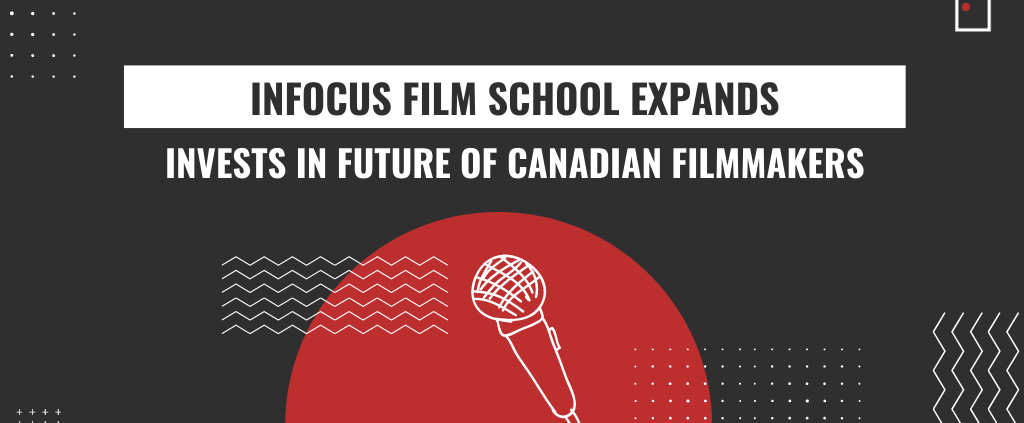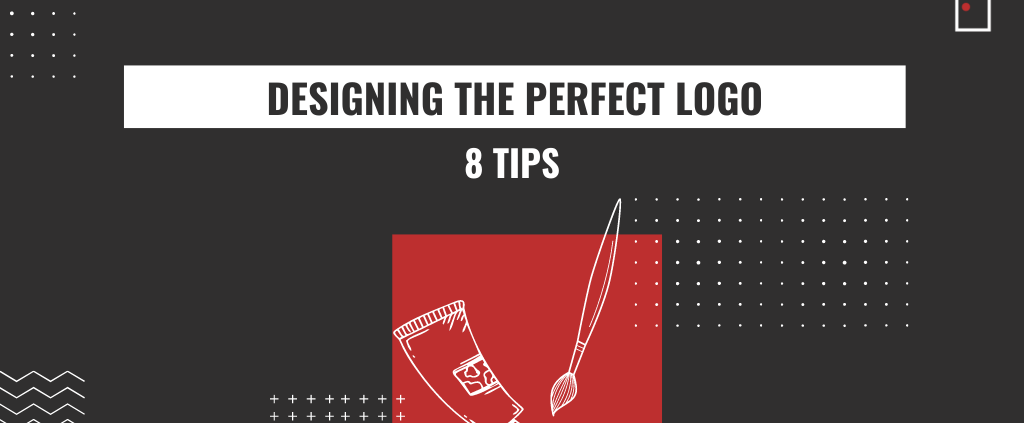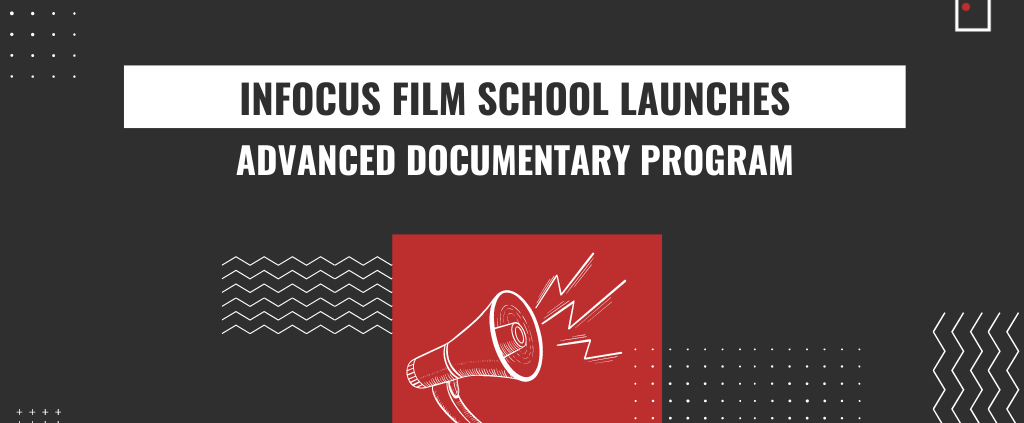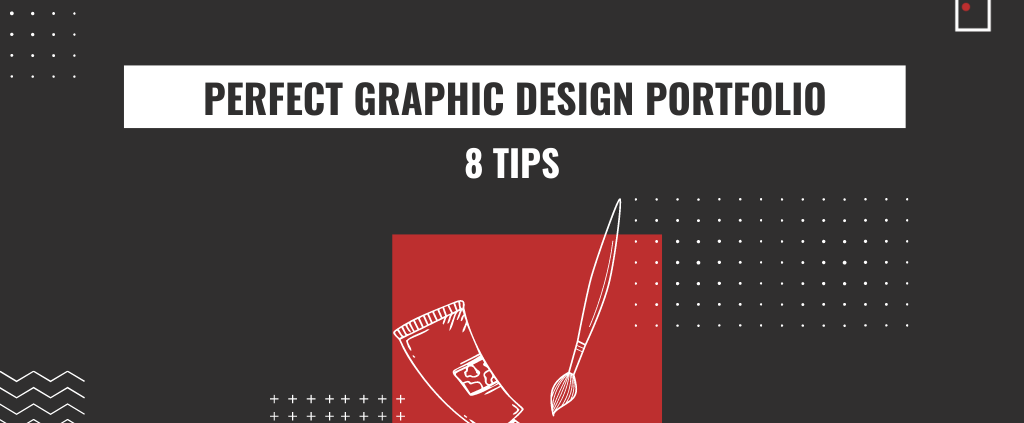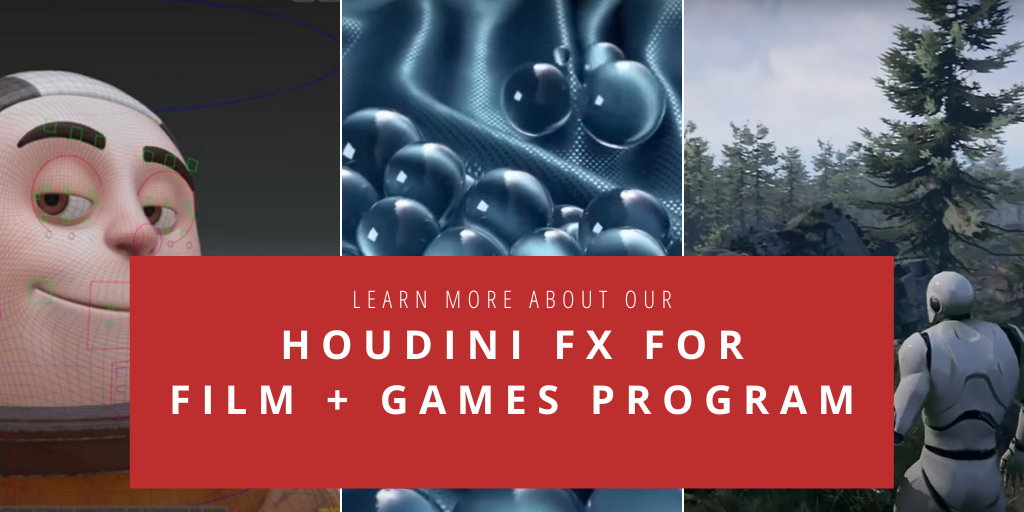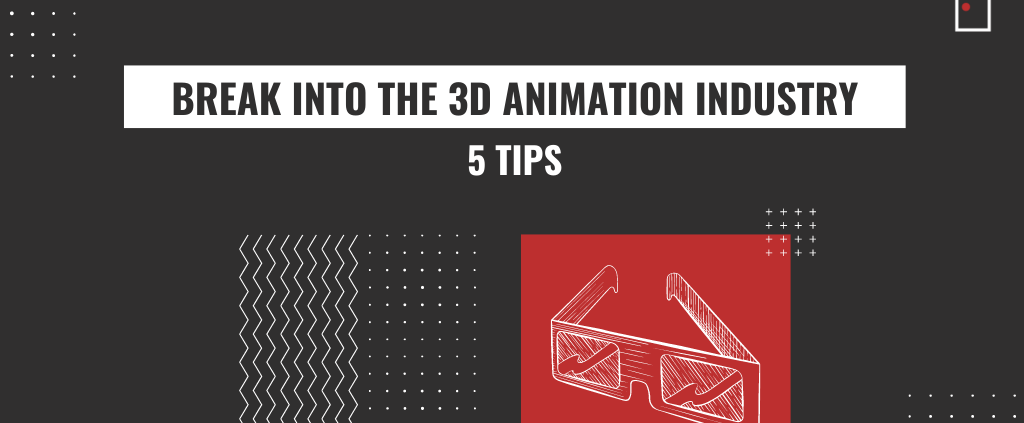InFocus Film School Blog

Are you working on a new logo? Use these tips to make an impact!
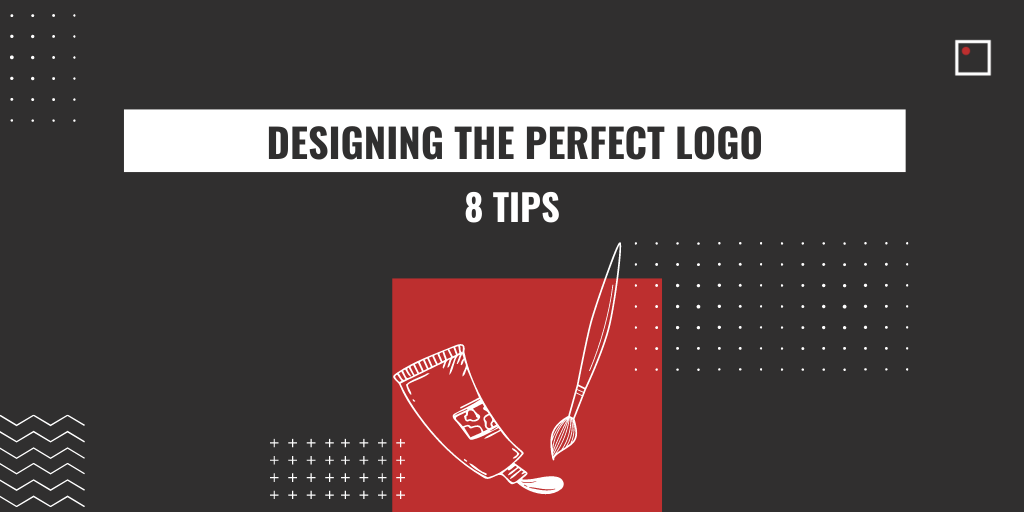
Written by Felicity Flesher
A logo is the first point of contact a business has with the outside world and a good logo can be one quick way to stand out from the crowd and be remembered. However, arriving at the perfect design can be daunting. You are creating a whole new visual identity for your brand and understanding each constituent part will be crucial. Follow these tips and study the examples below by InFocus Graphic Design Instructor Leila Singleton in order to help guide your process!

Written by Tajmee Ali
Vancouver Short Film Festival (VSFF) is launching online this Friday, Jan 22 – Sunday, Jan 24! VSFF is an annual festival devoted to celebrating talented short filmmakers across the Canadian West Coast. Founded in 2005, VSFF is committed to linking artists and industry professionals, cultivating a community passionately bound through the love of film.
AN IN-DEPTH ANALYSIS OF LED LIGHTS AND THE REVOLUTION OF LIGHTING.

Written by Devan Scott
There’s a revolution going on in the world of lighting! For decades, film lighting has involved using some combination of halogen, incandescent, HMI, and fluorescent sources. Nowadays, all of this is changing and fast: LEDs, or Light Emitting Diodes, are radically altering how we shoot our movies. They’re safer, cooler, use less energy, and open up a whole ton of exciting new possibilities for how we light our movies.
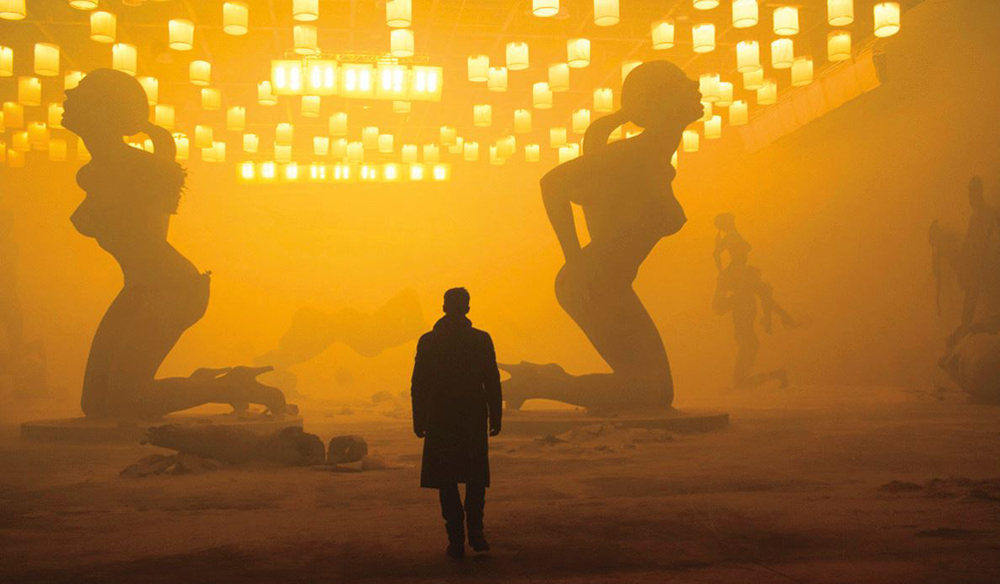
Arri Skypanels in the set of Blade Runner 2049
What does it mean for you, the indie filmmaker? Let’s start by looking at the types of LED fixtures commonly available on the market today and how you can use them to make your films look wonderful.
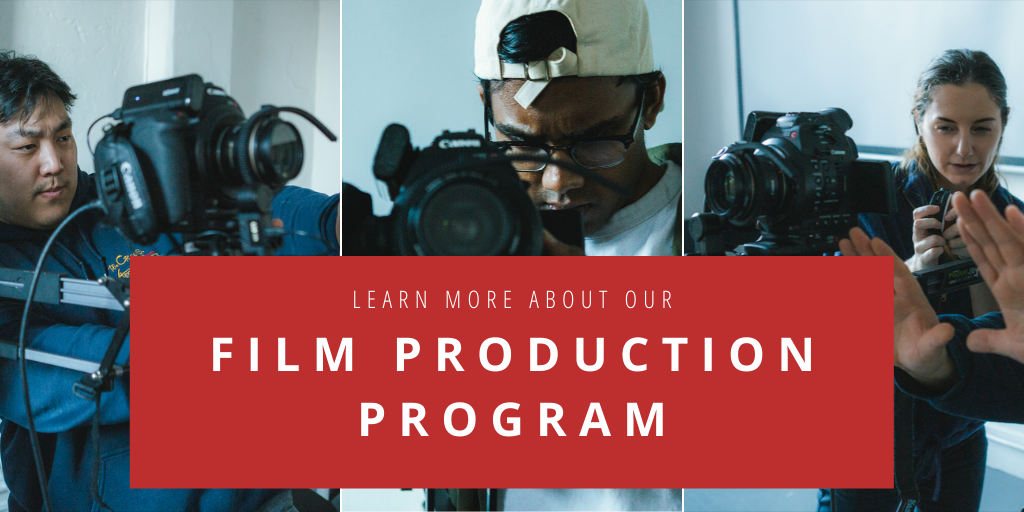
Click here to learn more about InFocus Film School’s Writing for Film and Television Program!
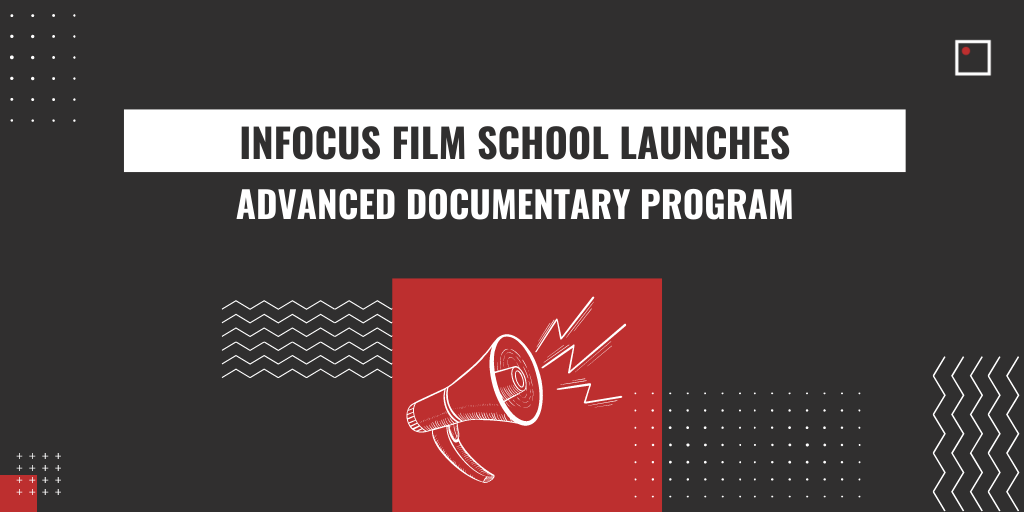
By Felicity Flesher
Coinciding with the celebration of InFocus Film School’s 10th anniversary, the Vancouver school is launching a brand-new Advanced Documentary Program for experienced filmmakers. Beginning in Fall 2021, the diploma program will nurture creative professionals through three terms from story incubation to finalized product.
In January 2010, InFocus opened its doors to the public with only one program offering: documentary. When InFocus Executive Director Steven Rosenberg founded the school, he thought, “There has never been an easier time to make documentaries, all you need is a camera and editing software. And of course, you need mentorship to know how to tease a story out of the ideas that you have.”
For the first few years, the school was a small albeit burgeoning non-profit, but over time, students emerged with great talent supported by committed instructors dedicated to helping their students get their foot in the industry door. Alumni have gone on to pursue prosperous careers in the entertainment industry garnering awards for their independent features at prestigious film festivals across the globe and joining the teams of big budget productions in Vancouver, one of the top film centres across the world.
As the school expanded to become Vancouver’s top cinematic arts training institution, its original documentary program was absorbed into its film production program. What started as one part-time program is now seven full-time programs with an ever-increasing reach. Now Rosenberg is hoping to cultivate that talent with even greater ideas and productions.
In line with InFocus’s emphasis on superior hands-on learning, the new Advanced Documentary Program will focus on documentary filmmaking and career skills beyond theory and basics.
“You might not come to learn how to turn on a camera because, at the end of the day, we have a lot of amazing technicians and we can put a budget behind those people. If you come to our program with a feature idea and access to a really great story and archival footage, you can incubate that story in the first six months,” Rosenberg says. “You start with a story treatment, then a sizzle reel, and then you go in front of a pitch panel. We bring in television and feature documentary filmmakers to evaluate: does this story have legs to make it? Then, in the last six months, we pair you up with a shooter from our production program and a budget and you shoot and edit a pilot or long-form documentary that will eventually become a feature.”
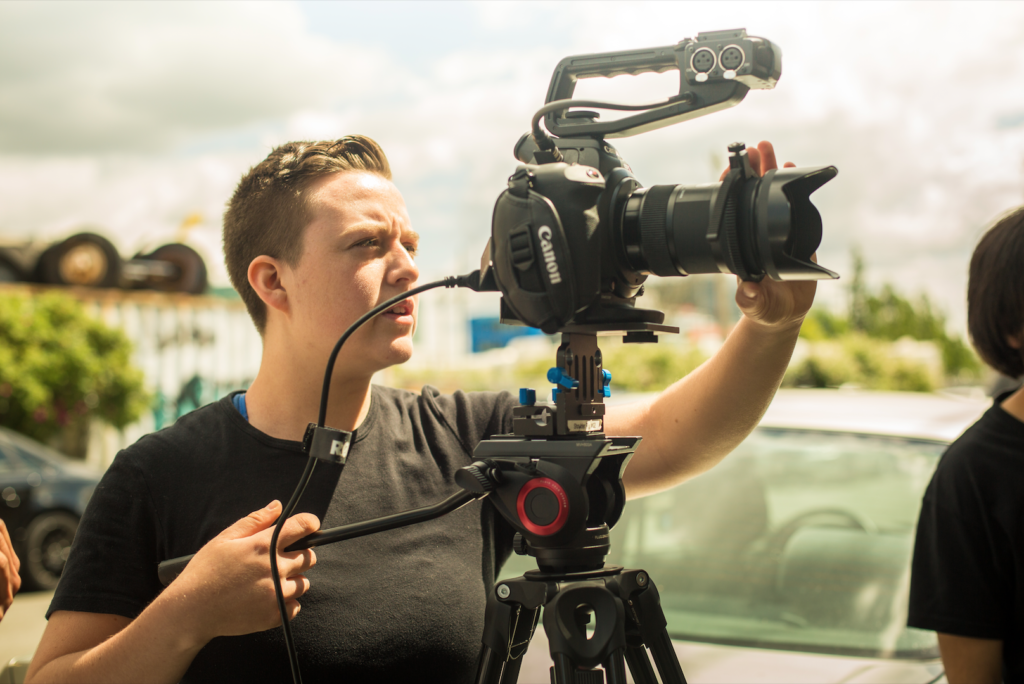
The pitch panel will be an essential part of the program. Students will pitch their projects to a select group of high-level producers and studio representatives who will help steer their ideas in the right direction and tailor their projects for the right distribution channels. With students emerging from the program with a fully realized project, multiple pitches, and a wealth of industry connections, they will be ready to approach studios’ growing demand for new content.
“With all the products out there, you would think the market would be saturated, but good stories hook the audience.”
Other aspects of the program will focus on short documentaries, cinema verité, biographical films, lifestyle series, and more, showcasing the range of artistic and commercial possibilities that documentary offers and providing students with a variety of marketable projects to take into the world.
The school is seeking experienced, dedicated students to act as a sort of cadre of artists in residence.
“You’ve got your skills down as a storyteller, you’ve been selected, now we want you to make something,” Rosenberg explains, “We need to have students that will give blood for their projects because to take a film from an idea to screen, it’s a lot of process. It’s thousands of decisions. And it’s a quite a journey unto itself.”

Applicants should be emerging or mid-career creative professionals with relevant post-secondary education or professional work as demonstrated by their application, personal statements, eligibility interview, and portfolio of their creative work. Rosenberg emphasizes that the ideal candidate for the program doesn’t necessarily have to have a documentary background but should have a “body of work in life with great samples they can put in writing or photography. We just want to see who that person is and that they’ve got a slate of doable ideas.”
Not only does the program offer a unique experience for the individual storyteller, Rosenberg says, “It’s a network experience. When you have a project, it’s in your head. And then you need someone to coach you through or cheer you on to finish it. There are a million reasons to give up, but when you have a very tight structure, that forces you to develop projects. It’s important for peer-to-peer support, so people in your group, they become your lifelong collaborators.”
Leading the new program is acclaimed award-winning documentary filmmaker Julia Ivanova. Her string of accomplishments include Best Canadian Feature at Hot Docs, the Colin Low Best Canadian Documentary Award at DOXA and being screened at Sundance, IDFA, and the Chicago and LA film festivals. In 2019, Ivanova was honoured with the Focus On Retrospective by Hot Docs.
“Julia has been part of the school since day one and students rave about her,” Rosenberg says.
In addition, InFocus prides itself on its nearly 40 accomplished part-time professors who divide their time between instruction and professional industry work. Similarly, the mentors involved in the new Advanced Documentary Program will be highly statured members of the Canadian film industry.

What does the future hold for Rosenberg and InFocus? “I would like to see the kind of project that comes out of Sundance. I’d love to see us be an established studio where we’re able to produce projects as well as mentor students and be able to hire them as well. It’s like picking a baseball team. But you get to see them play for a year and see everybody on their good days and on their bad days. Then you can pick those people and have them as part of your studio.”
InFocus seeks to represent a diverse student body and offer opportunities to traditionally underserved communities. All of InFocus Film School’s programs are open to international students and loan options and scholarship opportunities may be available for qualified individuals.
Learn more about InFocus’s Advanced Documentary Program: https://infocusfilmschool.com/documentary-program/
A graphic design portfolio is crucial in landing you a job and getting new clients? Check out these tips!
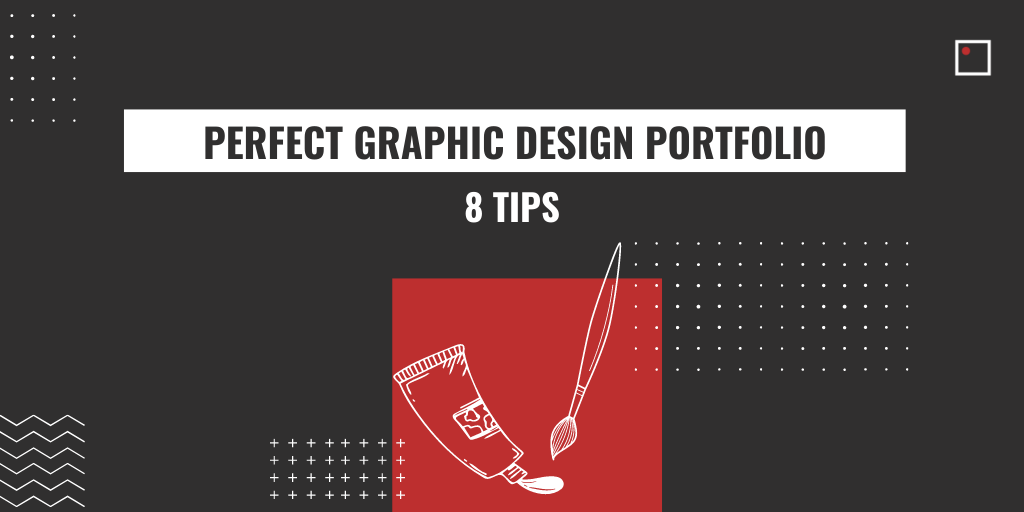
By Felicity Flesher
Every aspiring and working graphic designer needs a stellar graphic design portfolio to showcase what he or she can bring to the table. Often, it is the first introduction to a potential client or employer and can reveal the designer’s personality, skillset, and creative eye. No matter how much of a Photoshop pro you may be, you need good pieces and you need to sell them as best you can to stand out against all of the high–calibre talent.
With his twenty-year career in graphic design, Rod Kovacs, lead instructor at InFocus Film School’s Graphic & Digital Design Program, knows a few things about how to make your graphic design portfolio stand out.
“The focus is always to put your best foot forward and put forward what you want to do,” Rod says about building the perfect graphic design portfolio. “It is really at the heart of marketing and graphic design: get the message across clearly, effectively, and quickly.”
Recognizing how valuable people’s time is, and how short their attention spans might be, this makes perfect sense. Bearing that in mind, here are a few further tips to help build a great graphic design portfolio:
The VFX industry is thriving despite the pandemic. Dive into new opportunities and grow alongside the turning tides of this media revolution.
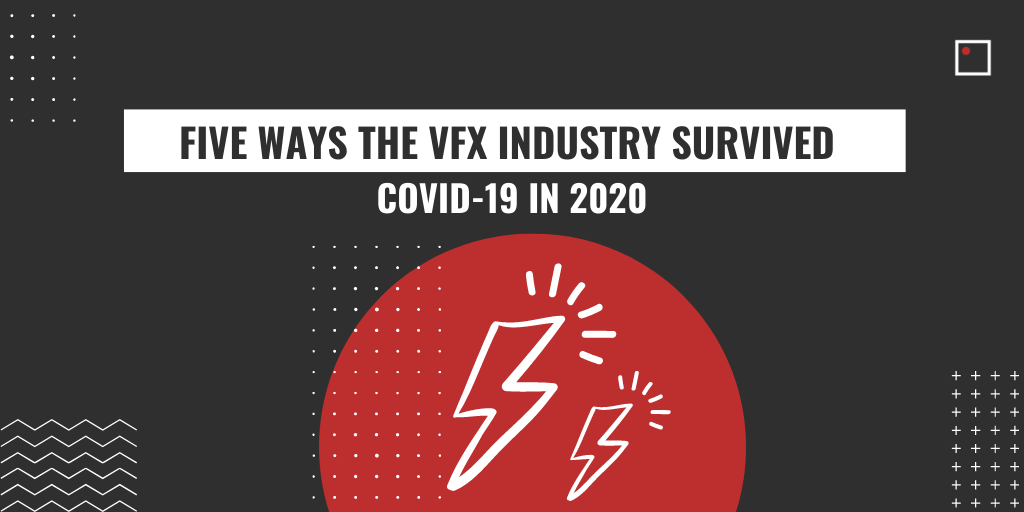
By Rachel Kim
COVID-19 has massively altered the landscape of society and the VFX industry not only survived, it’s thriving in this brave new world. The animation and gaming sectors are experiencing a massive boom. Reaching for alternative methods of operation and production, different industries are pivoting towards digital avenues and spaces—and right into the VFX industry’s open arms.
Studios are eager to hire artists to tackle the endless work rolling in. The VFX industry is evolving to meet the shifting needs of the world. There’s no better time than now for a VFX artist to dive into new opportunities and grow alongside the turning tides of this media revolution.

Click here to learn more about InFocus Film School’s Compositing for Visual Effects Program
SEE WHY HOUDINI, A STATE OF THE ART ANIMATION AND VFX PIPELINE TOOL IS CHANGING THE GAME.

Written by Rachel Kim
Explosions, earth-shattering destruction, glittering swirls of magic—these are the unavoidable spices of film and television. Today, much of these effects are created by a single tool—Houdini. But Houdini’s influence stretches even further. Though traditionally favoured by the effects departments, Houdini is a 3D and visual effects package that handles everything from modeling, animation, effects, character effects, lighting, and compositing. It has been embraced for its versatility and powerful capabilities.
“Houdini is very much designed and conceived as an end-to-end pipeline tool,” says Luca Pataracchia, Senior Production Specialist at SideFX and an industry-experienced Houdini artist. SideFX is Houdini’s software developer.
Houdini had an ethos of embracing procedural generation since its inception in 1996. The software has firmly established itself as a powerhouse in the industry.
THIS STEP-BY-STEP GUIDE WILL TELL YOU EVERYTHING YOU SHOULD KNOW AND EXPECT WHEN BECOMING A WRITER FOR A TELEVISION SERIES!
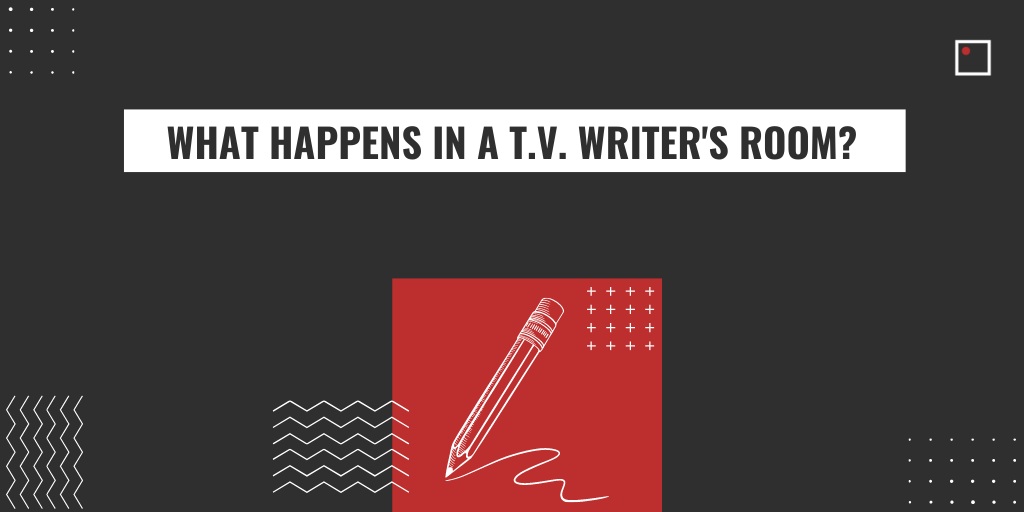
Written by Johnny Papan
Characters, storylines and the direction of a series evolves with the team who writes it. Though the seed of a series may often come from the mind of one individual, it takes a team to plant, water and blossom a television show into what we see on screen. A show’s direction can completely change based on a number of factors. Characters originally intended to last through the finale are killed off two seasons early because an actor decides to move on, or two protagonists will develop an unplanned romance because it’s what the audience wants.
In the hit mockumentary series The Office (U.S.) the show’s main couple Jim and Pam were written to break up in it’s final season. However, after audience backlash, the entire production backpedaled, quickly rewriting, reshooting and re-cutting episodes to mend the fictitious couple’s breaking bond as the season was already on-air, making sure to get the couple back together for a happy series finale.
Although the screenwriter’s journey is a long and winding road, it’s never too late to start. Diving into the world of film and television later in life, InFocus Screenwriting Instructor Roslyn Muir bloomed into an actively working screenwriter who has penned feature films, television movies and, most recently, was part of the writer’s room for the CBS television series Ransom.
Originally working for the series as an intern after being accepted into the Corus Writer’s Apprentice Program, Muir used the time to learn, network and push for a greater opportunity.
After meticulously studying the show, rewatching old episodes and reading past scripts, Roslyn became a story editor for Ransom Season 3 and penned the ninth episode, “Broken Record”.
Now, Roslyn shares her experience of how a television show breaks down inside a writer’s room.
Read more
THE 3D ANIMATION INDUSTRY IS AT AN ALL-TIME HIGH. MORE CONTENT, MORE JOBS, MORE OPPORTUNITIES. ANIMATE YOUR FUTURE BY READING THIS LIST.
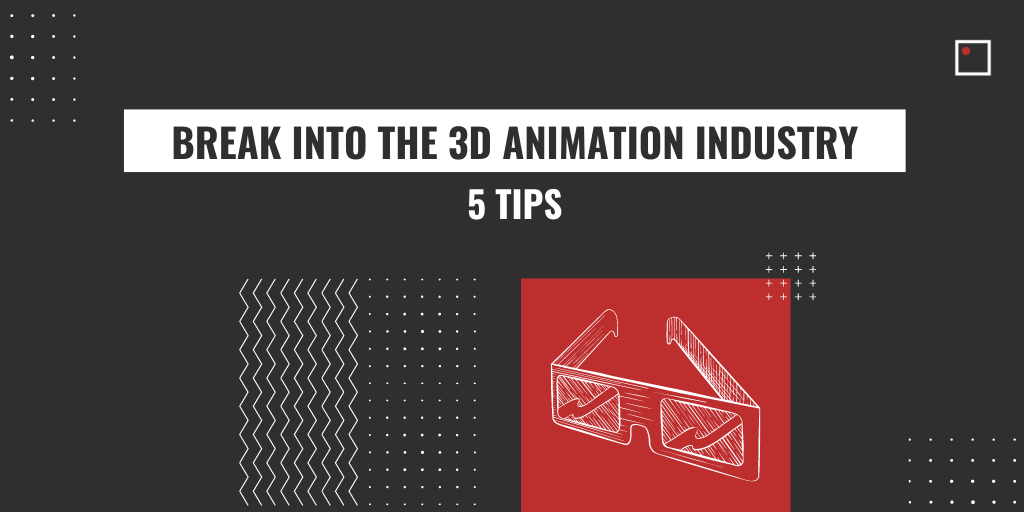
Written by Rachel Kim
From bio-diverse animals to alien robots to resurrections of people long past, 3D animators have brought to life our wildest imaginations of this world and beyond.
Since Pixar’s breakthrough with Toy Story in 1995, 3D animation has quickly dominated our media. Just a cursory glance at the latest Hollywood blockbusters shows how much we depend on 3D animators to breathe life into these imagined worlds. As the industry’s growth skyrockets, the demand for 3D animators has never been greater.
InFocus animation mentor Selman Kantarci has worked on several large-scale productions including Detective Pikachu, Sonic the Hedgehog, Maleficent 2, Cats and more. He draws from his well of industry experience working at companies like MPC, Bardel Entertainment, and (currently) Method Studios to offer practical advice and encouragement to anyone hoping to build a career in 3D animation.

